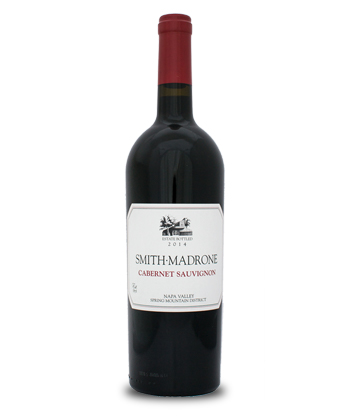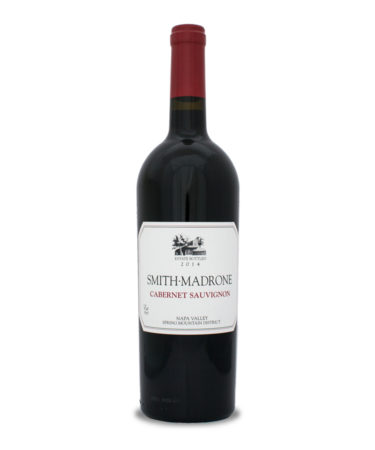These days, California’s Napa Valley is filled with celebrities, corporate big shots, and other one percenters who have caught the wine bug and bought their way into the region and the wine business.
So it’s refreshing to think about two bearded brothers who have been at it for almost half a century, high up on a mountain in their rustic corner of the valley, with little ostentation or self-promotion.

The brothers are Stuart and Charles Smith, who have been growing grapes and producing distinctive estate wines at their Smith-Madrone Winery on the top of Napa’s Spring Mountain since 1971. This is not the Napa Valley overrun by the wine-soaked masses. (Tours are by appointment only.)
Smith-Madrone has been all about consistency, producing the same excellent wines — primarily a Cabernet Sauvignon, a Chardonnay, and a Riesling — year in and year out.
My recent tasting of the 2014 Spring Mountain District Cabernet Sauvignon confirms it. This is classic, terroir-defined Cabernet with a signature that says Smith-Madrone (the latter part of the name refers to a type of evergreen tree on the property).
The grapes are grown in steep, mountainside vineyards in largely volcanic soils. The vineyards are mostly dry-farmed (no irrigation is used), not only to conserve precious California water, but to produce more complexity in the wines, which results from the vines having to dig deeper for their nourishment.
That complexity is a hallmark of the 2014 Cabernet, a $52 wine with aromas of violets, red fruits, and graphite, followed by concentrated dark and red fruit tastes and a hint of eucalyptus. The oak is well integrated, the tannic structure is refined, and the ample acidity gives the wine an overall brightness. A slightly green note, not uncommon in young Cabernet, gives way as it opens up. The blend is 85 percent Cabernet Sauvignon, 8 percent Cabernet Franc, and 7 percent Merlot.
With alcohol listed at 13.9 percent, it’s also a refreshing counterpoint to the still-prevalent model of Big California Cab. It’s enjoyable young and will be worth exploring 10, even 20 years from now.
